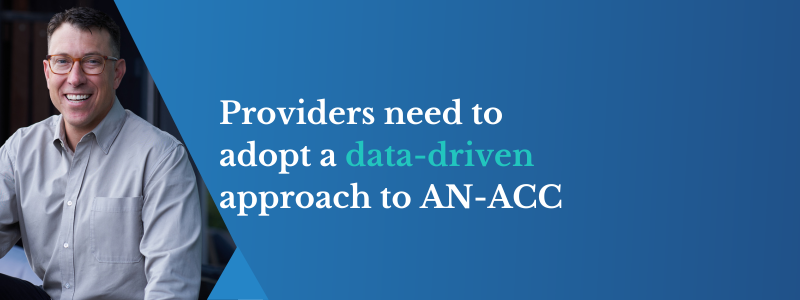Lessons from ‘Moneyball’: A data-driven approach to AN-ACC
November 9, 2023 | Aged Care Management

With the recent enforcement of mandated care minutes, we find ourselves in a precarious situation in the aged care sector. There’s a fine balance between maintaining occupancy and managing workforce costs efficiently, all while ensuring compliance with regulatory standards.
This leads me to share an experience I had while at working at IBM (SPSS) in the early 2000s, where the Oakland Athletics MLB team, approached us with an idea and a need for a statistical software package to create a new data-driven approach to baseball. This approach is now known as MoneyBall which later inspired a book and a movie starring Brad Pitt and it holds a valuable lesson for our industry.
‘Moneyball’ disrupted the traditional player recruitment process by using empirical analysis of play performance to build a competitive baseball team despite Oakland’s relatively small budget. The industry and teams had previously relied on a knowledge based high value transaction approach, a bit like we did with ACFI. This new statistical approach looked for analysis to find constant small gains to drive a better overall business outcome.
The residential aged care sector should take the same approach to the Australian National Aged Care Classification (AN-ACC) model introduced 12 months ago. Like Billy Beane in ‘Moneyball,’ said “we need to change the way we think about the game” if providers are to adequately draw revenue to fund high quality care to all residents.
With AN-ACC now hedged to a provider’s direct care minute requirements, operators need to move to a data-driven approach to funding. The independent assessment process ensures that on the correct funding level can be achieved for each resident. That means that not running an efficient funding process with high quality care documentation, will result in “revenue loss” because of the delays in recognising when funding adjustments can and must be made.
Providers have a very different process ahead of them with what AN-ACC requires in terms of mandated care time intricately intertwined with funding. We still see groups trying to utilise conventional methods, like maximising revenue and not giving enough attention to the workforce side. With most providers choosing to keep relatively high staffing levels and somewhat fixed rosters, the flexibility and therefore the continuous adjustment must come from the reclassification process. Detailed review and capture of “forecasted” classifications are required as well as a systematic approach to building “what if” scenarios around reclassified residents. This is the only way to ensure that the funding achieved for the care minutes delivered is always optimised.
The sector must reorganise its business units, fostering collaboration among admissions, rostering, and funding teams to effectively develop business scenarios around known and predicted AN-ACC data. The key to that is being in control of the empirical data and then adjusting the data points that you need to forward plan operations. That will bring you into alignment on compliance, care time and funding; putting you in control of AN-ACC.
At Mirus Australia, we’re dedicated to helping organisations like yours provide the best possible care for your residents while remaining compliant and financially sustainable. If you would like to have a chat about how we can assist you, please reach out.


